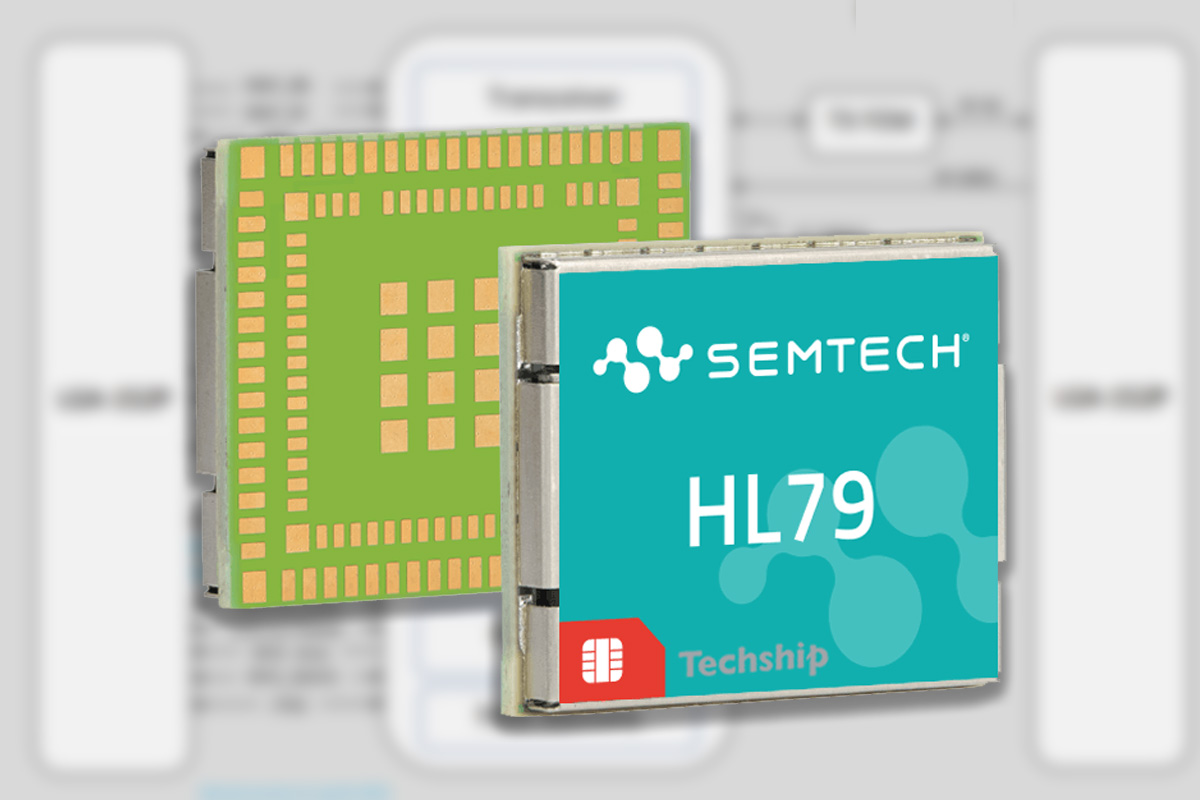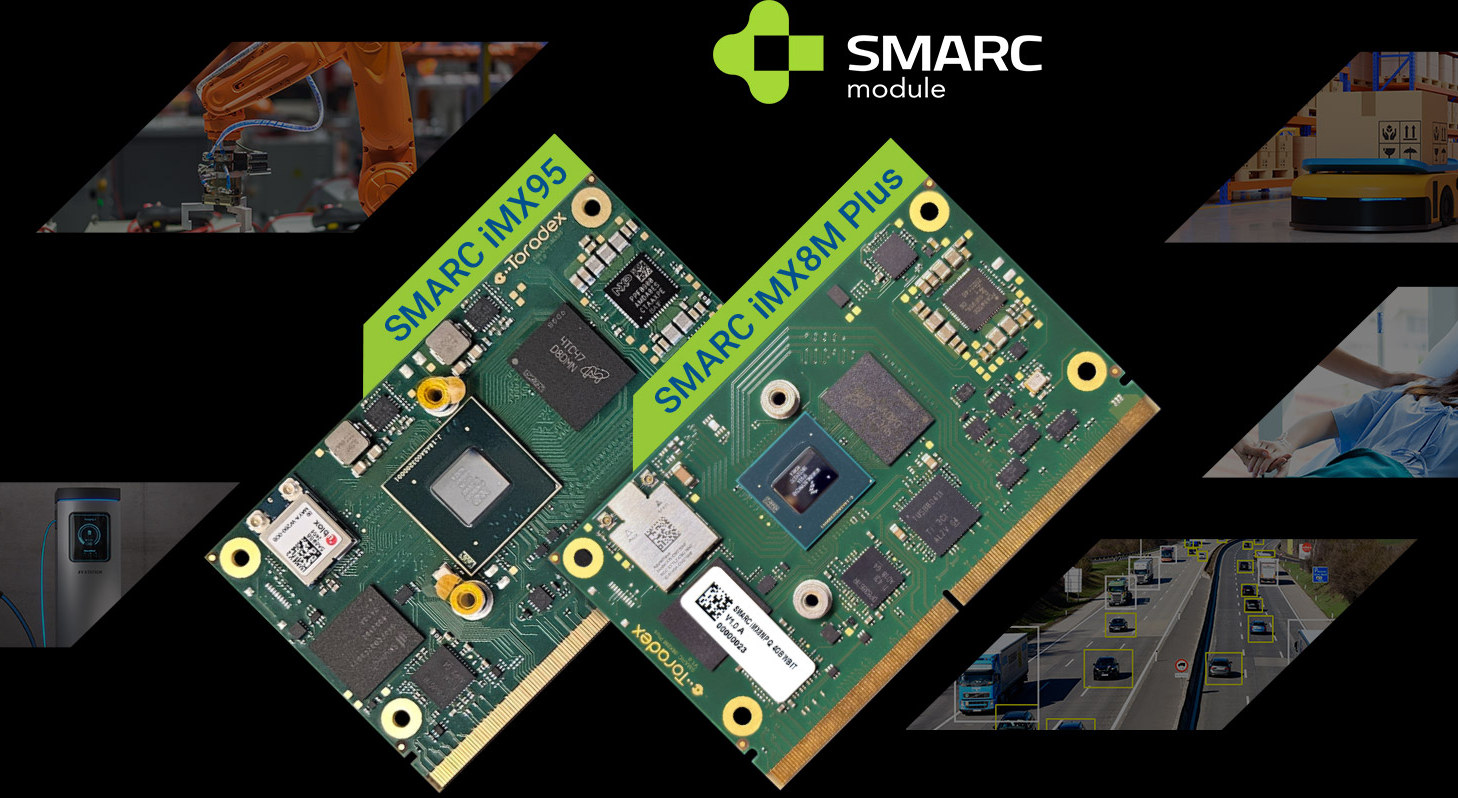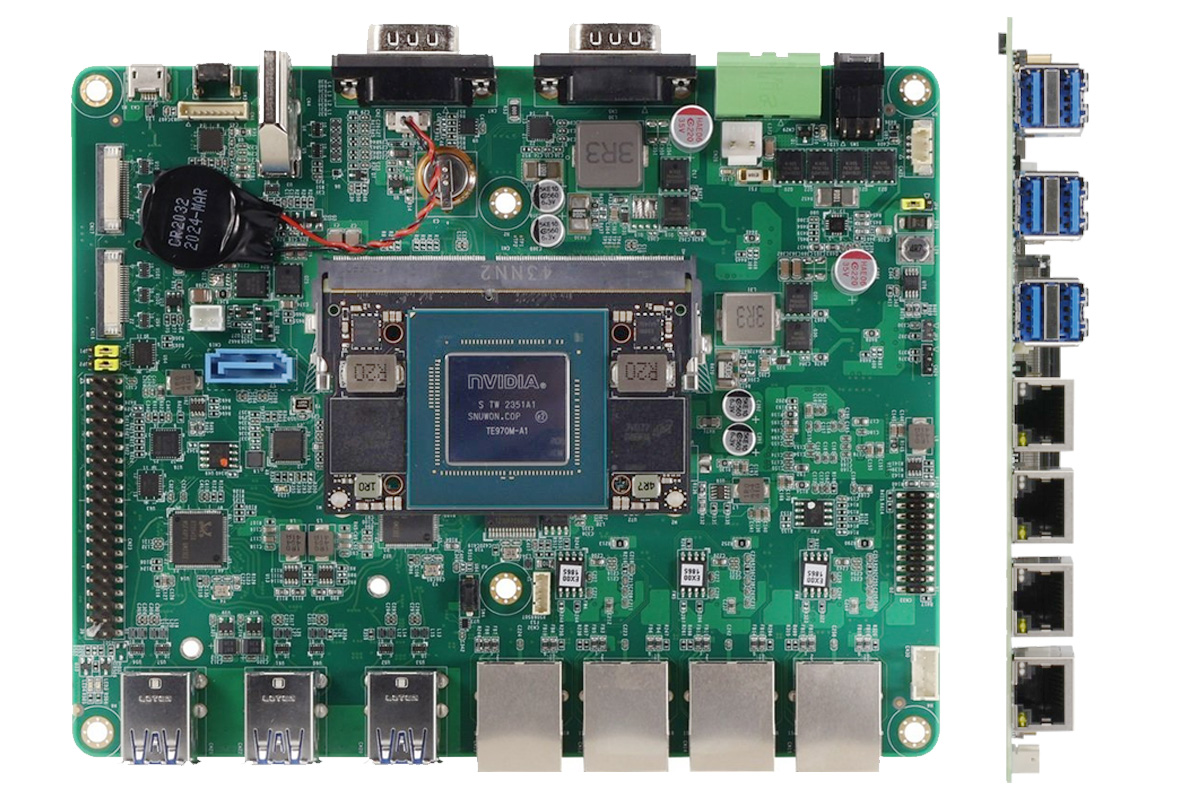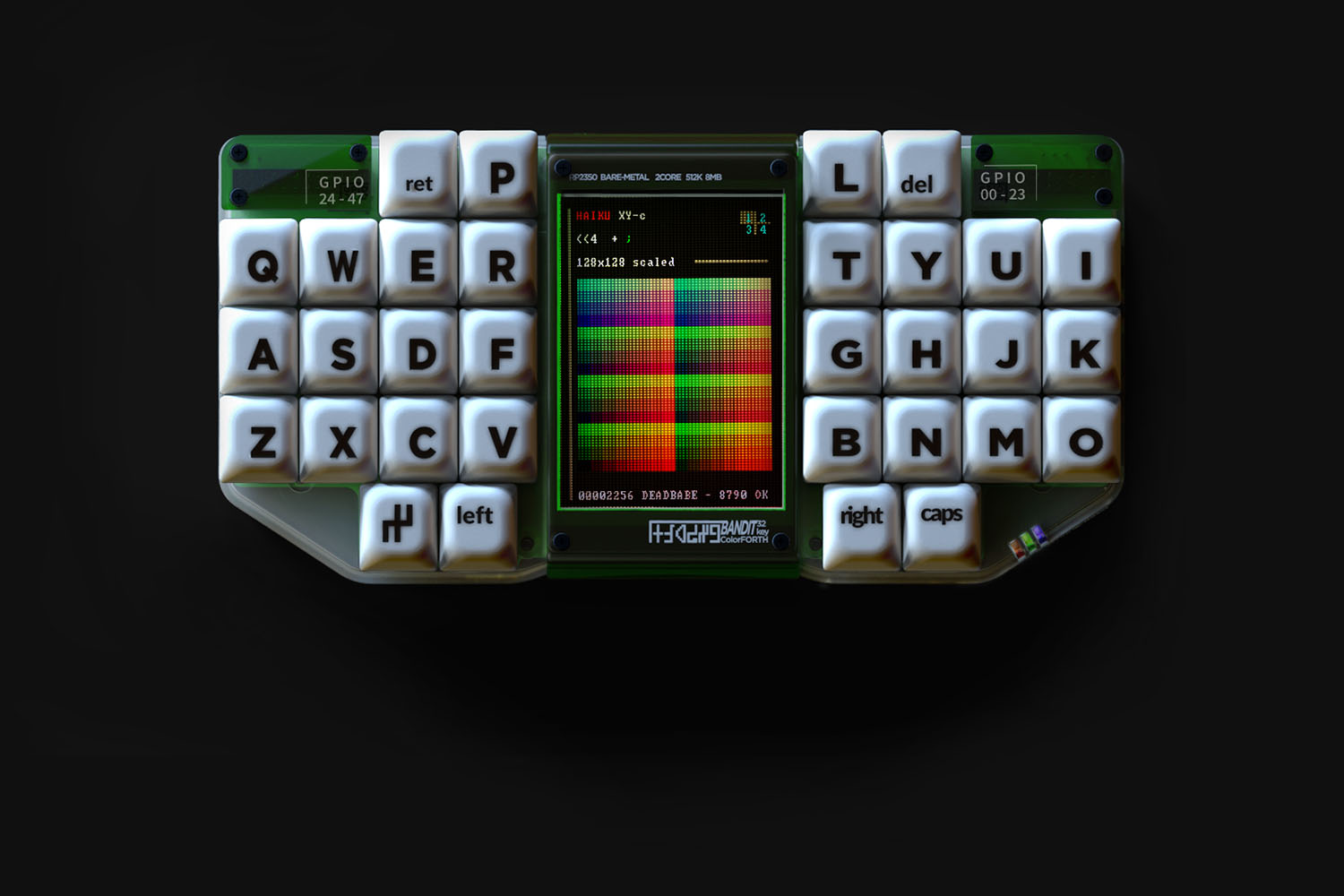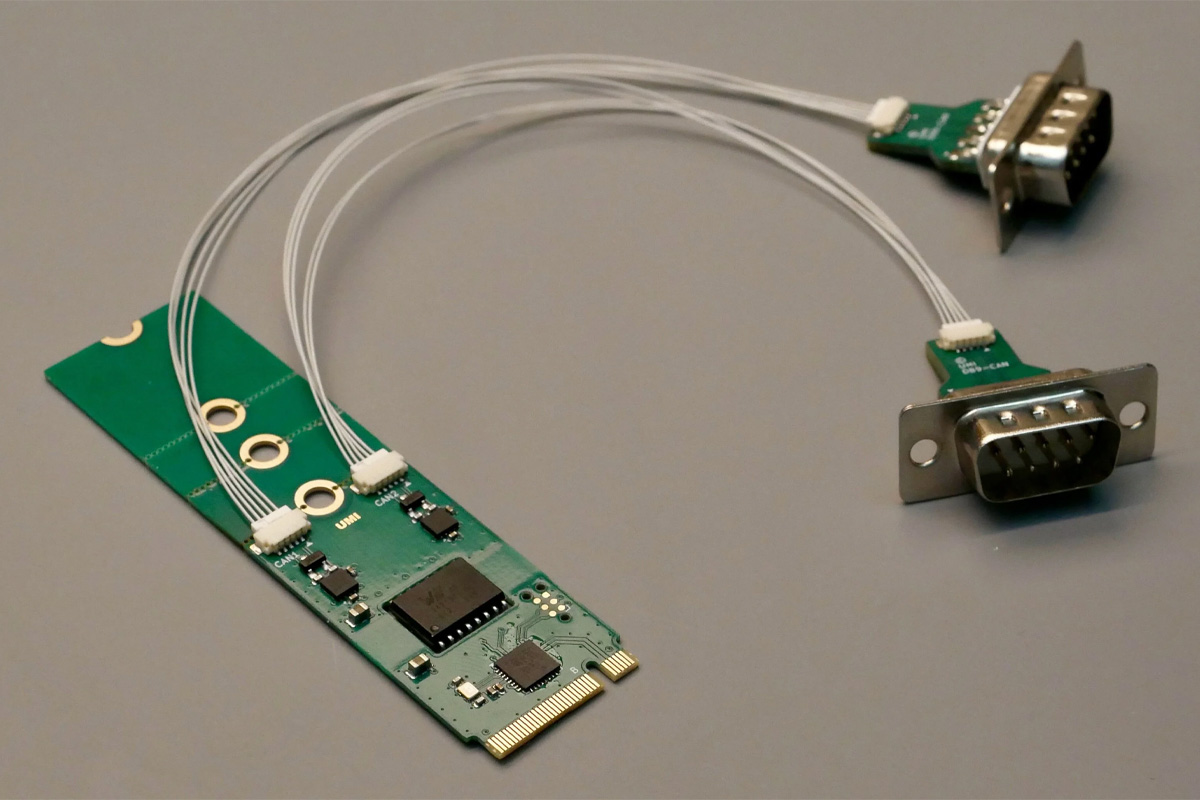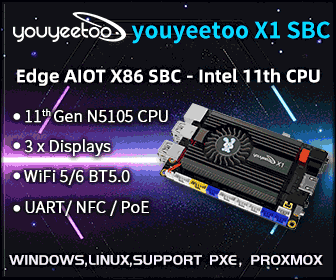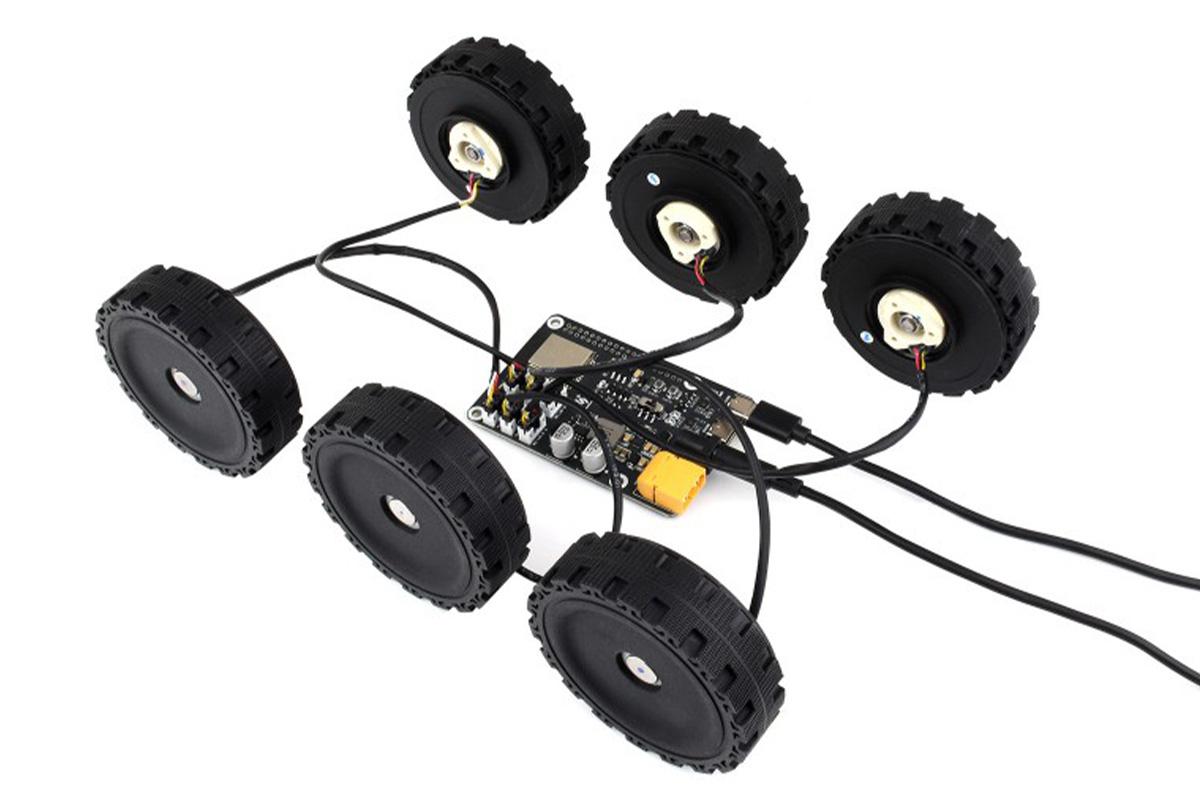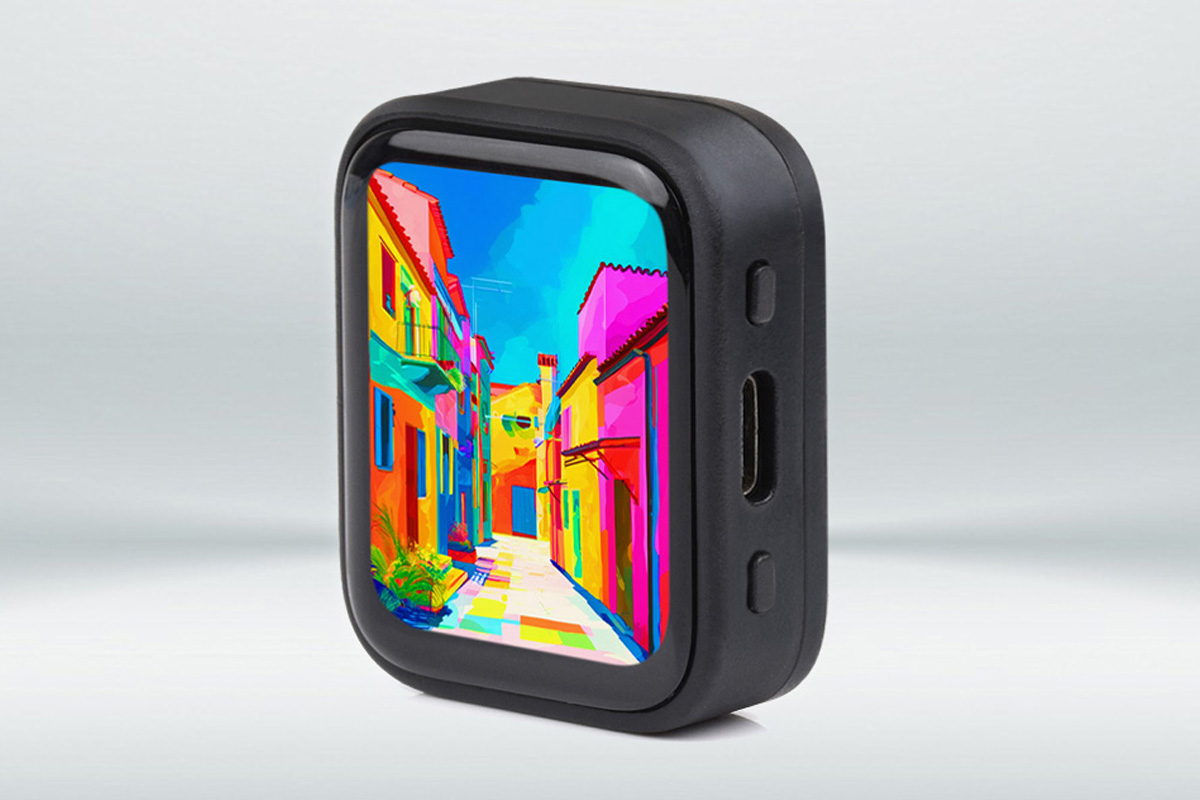V-Link leverages GMSL2 to extend Raspberry Pi camera with up to 15-meter cable (Crowdfunding)
Videtronic’s V-Link is a compact solution designed to extend the range of Raspberry Pi MIPI DSI cameras using GMSL2 (Gigabit Multimedia Serial Link v2) technology with up to 15-meter cables. We covered this type of solution in several NVIDIA Jetson Nano development kits and embedded computers, but never for the Raspberry Pi SBC. The V-Link relies on a MAX96717-based MIPI CSI-to-GSML2 board that connects to the MIPI CSI connector on the Raspberry Pi and a MAX96714-based GSML2-to-MIPI CSI board connected to the Raspberry Pi Camera Module. The solution provides an alternative to THine THSER101 Raspberry Pi camera extension kit that works with LAN cables up to 20 meters long. V-Link specifications Transmitter board Analog Devices MAX96717 CSI-2 to GMSL2 Serializer MIPI CSI input connector GSLM2 output connector Receiver board Analog Devices MAX96714 Single GMSL2/GMSL1 to CSI-2 Deserializer GSLM2 input connector MIPI CSI output connector to Raspberry Pi Camera Module Compatibility […]



